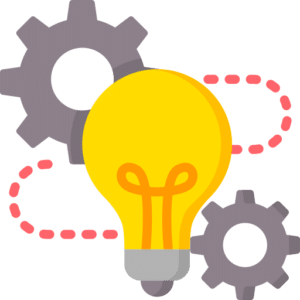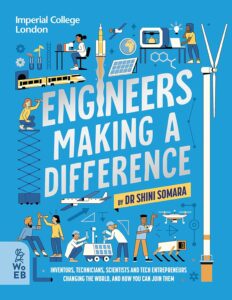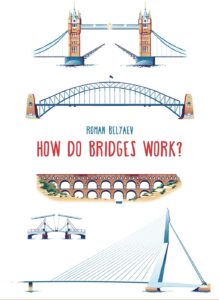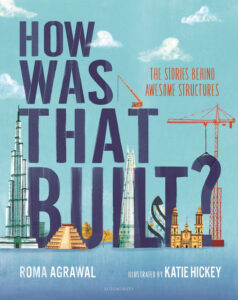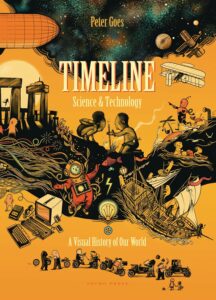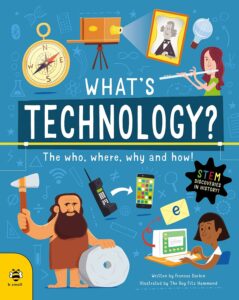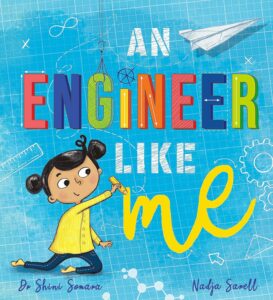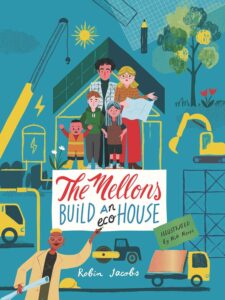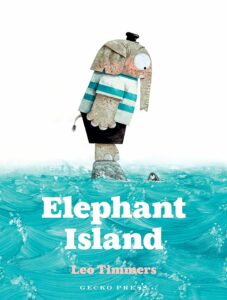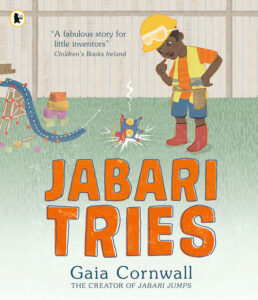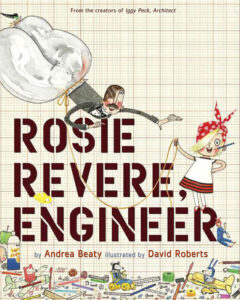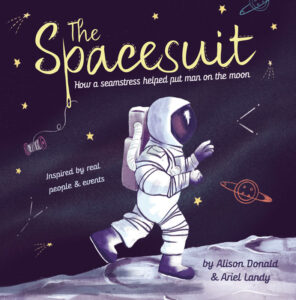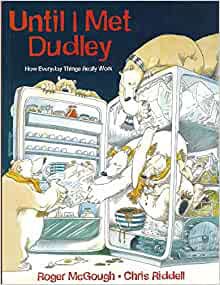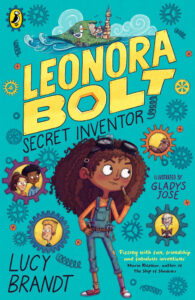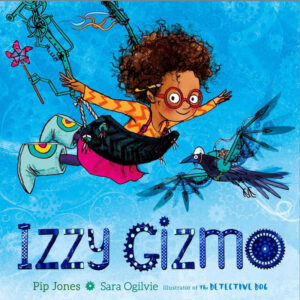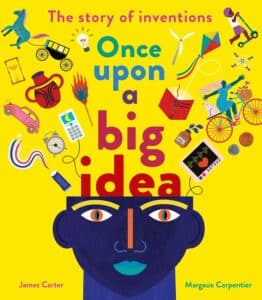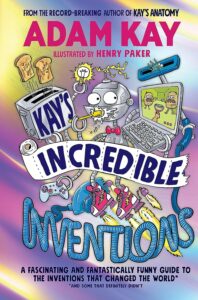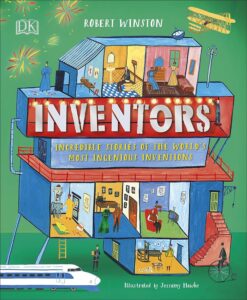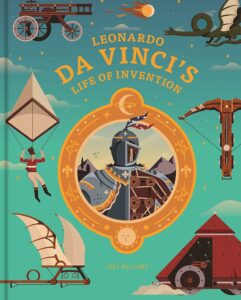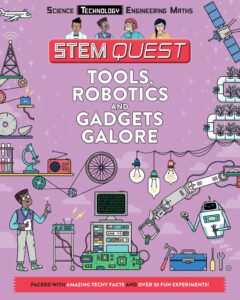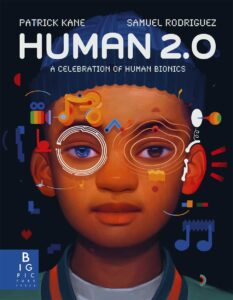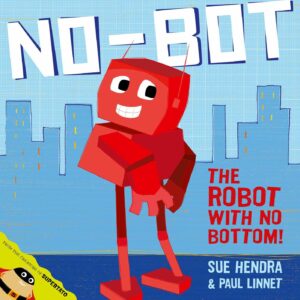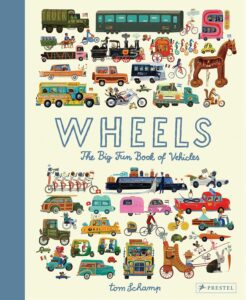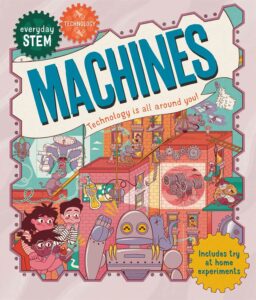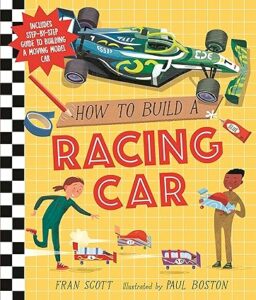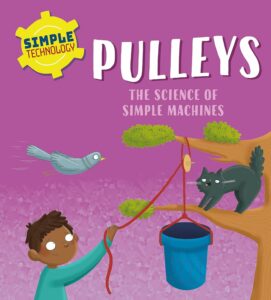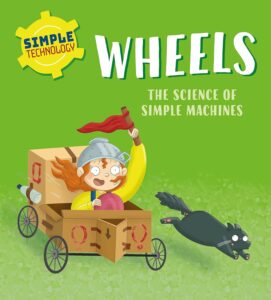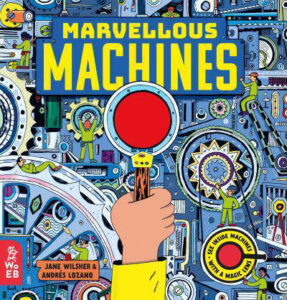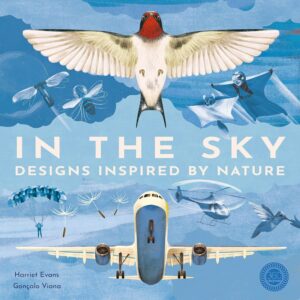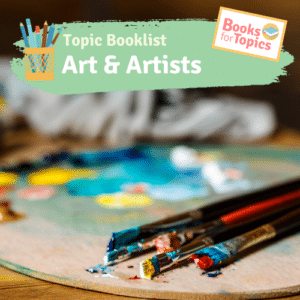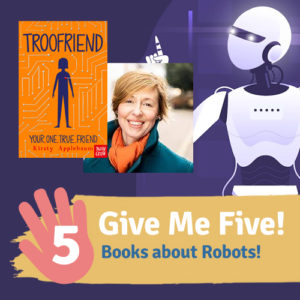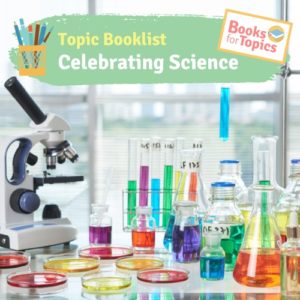Meet the masterminds behind the greatest inventions in history with this nonfiction book for kids aged 7 to 9.Step into Leonardo da Vinci's workshop, relax on board Hideo Shima's speedy bullet train, and join movie star Hedy Lamarr to bounce ideas around in between takes. Inventors looks at the towering achievements of more than 50 inventors in great detail. The stories are as unusual as they are unique. From Mr. Kellogg, who accidentally created cornflakes after leaving grains boiling for too long, to the ancient Turkish polymath Ismail al-Jazari, who decided the best way to power a clock was with a model elephant, to Sarah E. Goode's fold-up bed space-saving solution--the inventors of this book have all used tons of creativity to find ways to improve our world. These groundbreaking inventions include the very earliest discoveries to modern-day breakthroughs in science, food, transportation, technology, toys, and more.Each page is packed with jaw-dropping facts, with every inventor's achievements written as a story. Beautiful illustrations by Jessamy Hawke bring the inventor's stories to life, and fantastic photography highlights the detail of their designs. With incredible hand-painted cross-sections revealing the intricacies of a robotic arm, the first plane, and the printing press, young readers will marvel at being able to see close-up how these amazing machines work. The inventors come from all walks of life and parts of the world, making this the perfect book for every budding inventor.







